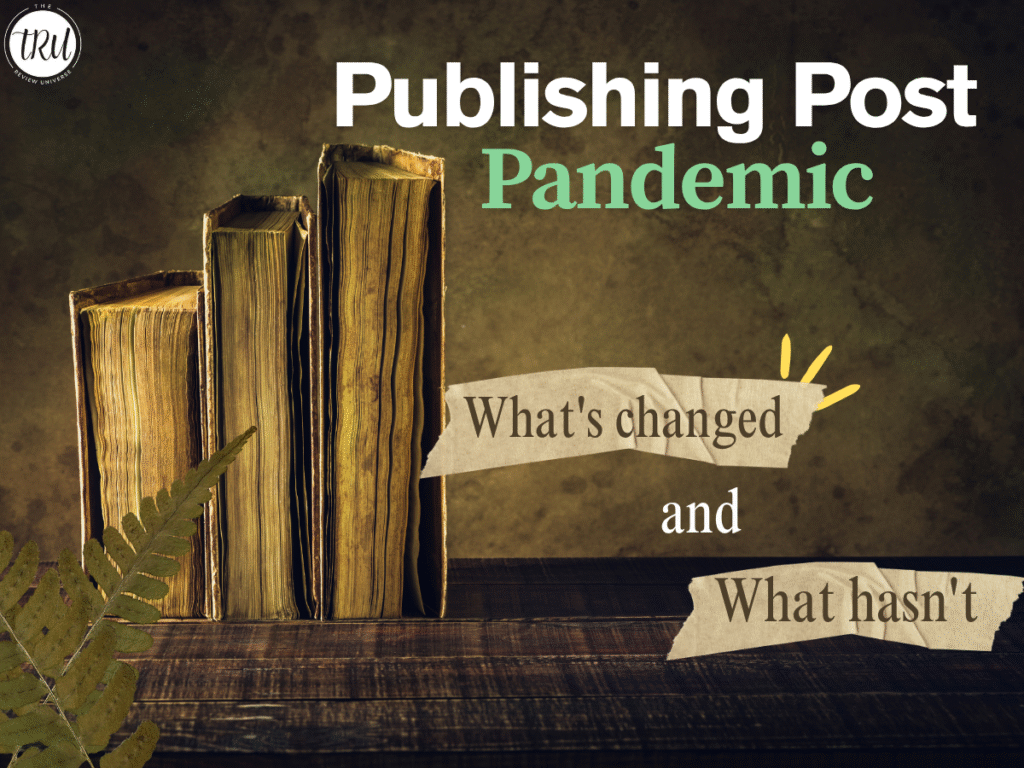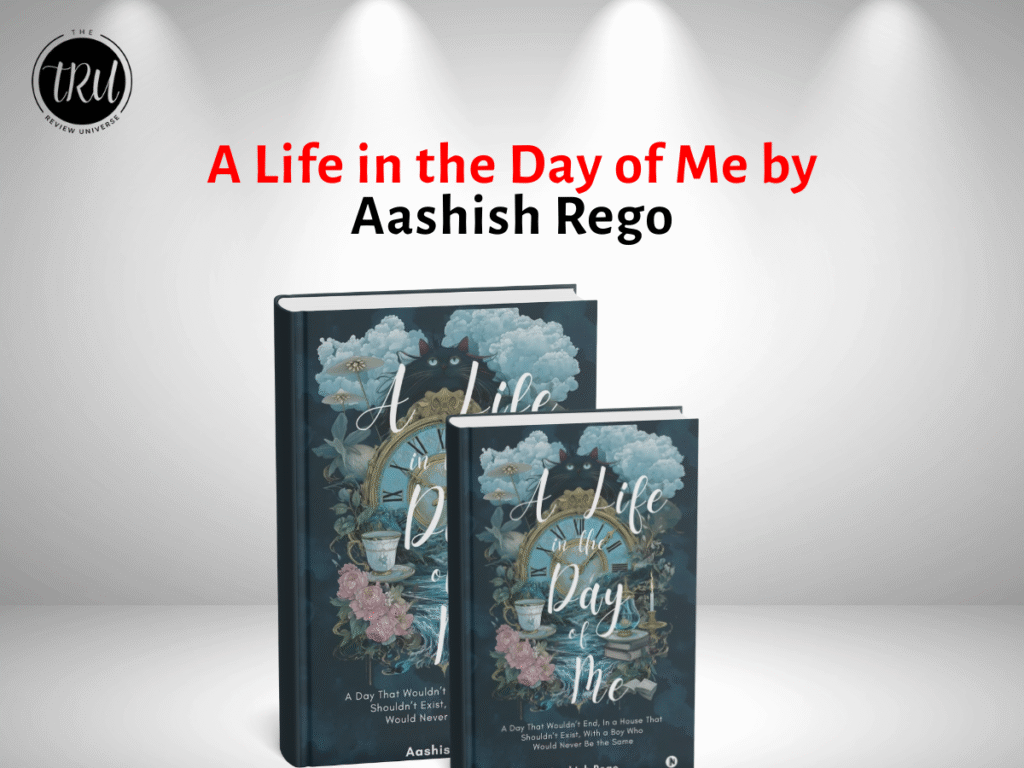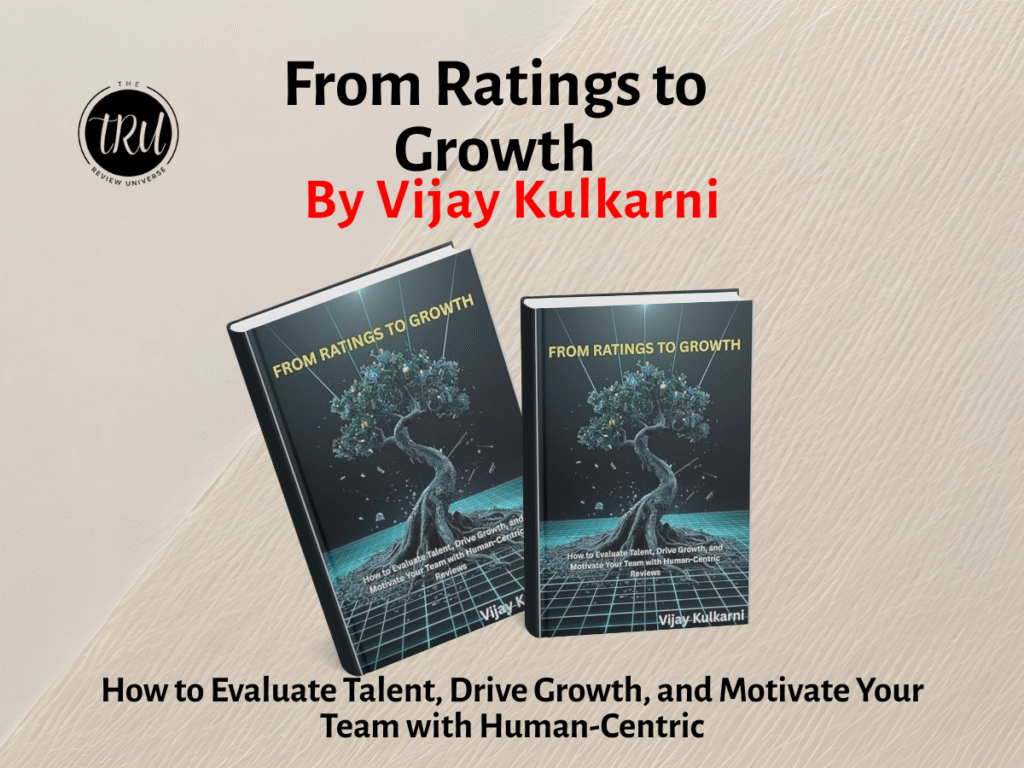
The pandemic has changed every industry, including publishing. As we move forward, the publishing ecosystem has transformed significantly while still holding onto some familiar aspects. This analysis highlights the key changes, enduring elements, and the promising future ahead.
WHAT’S CHANGED:
1. THE DIGITAL ACCELERATION
Lockdowns forced a sudden shift to digital. For many publishers, digital became the default. But this wasn’t just a spike, it was a reset. Publishers now prioritise multi-format releases from the outset. Digital is no longer an afterthought; it’s a launchpad.
2. THE RISE OF THE CREATOR ECONOMY
Authors today are not just writers, they are brands. Social media, newsletters, and platforms have given rise to authors who go directly to readers. The publishing house is no longer the only power player — the author is now a stakeholder in distribution and promotion.
3. REMOTE WORK AND DECENTRALIZED TEAMS
This democratized hiring and allowed talent from across geographies to participate. Remote collaboration tools and asynchronous workflows became standard, opening the gates for more inclusive, global production pipelines.
4. DIVERSITY BECAME A CENTRAL AGENDA
The pandemic, coupled with social justice movements, forced the industry to confront its blind spots. Publishers are now actively seeking underrepresented voices, and readers are demanding authenticity, not tokenism.
WHAT HASN’T CHANGED:
1. CONTENT IS STILL KING
While the methods have evolved, the core remains the same. Readers still crave emotional resonance, intellectual stimulation, and escape. The medium may change, but the hunger for meaningful content hasn’t.
2. TRUST IN CURATION
Traditional publishers continue to be seen as guardians of quality. The editorial process and brand authority still matter especially in nonfiction, academic, and literary fiction.
3. BOOKS REMAIN A LONG GAME
In the age of bite-sized content and reels, books continue to demand and reward deep attention. A strong list still carries weight. Publishing remains a game of persistence, not just virality.
4. STORYTELLING AS CULTURE-BUILDING
Books still shape narratives, define generations, and document cultural shifts. From memoirs of pandemic frontline workers to dystopias that feel real, publishing continues to be a mirror to society and a force that helps change it.
THE ROAD AHEAD
As AI tools enter the editorial space and reader habits shift again, adaptability will determine relevance. The publishers who will thrive aren’t just the ones with the biggest budgets but those with the clearest missions, fastest pivots, and boldest commitments to voice and vision. In the end, the essence of publishing hasn’t changed: great ideas deserve great platforms. How we deliver those ideas, who gets to share them, and what readers demand in return, that has evolved permanently.






